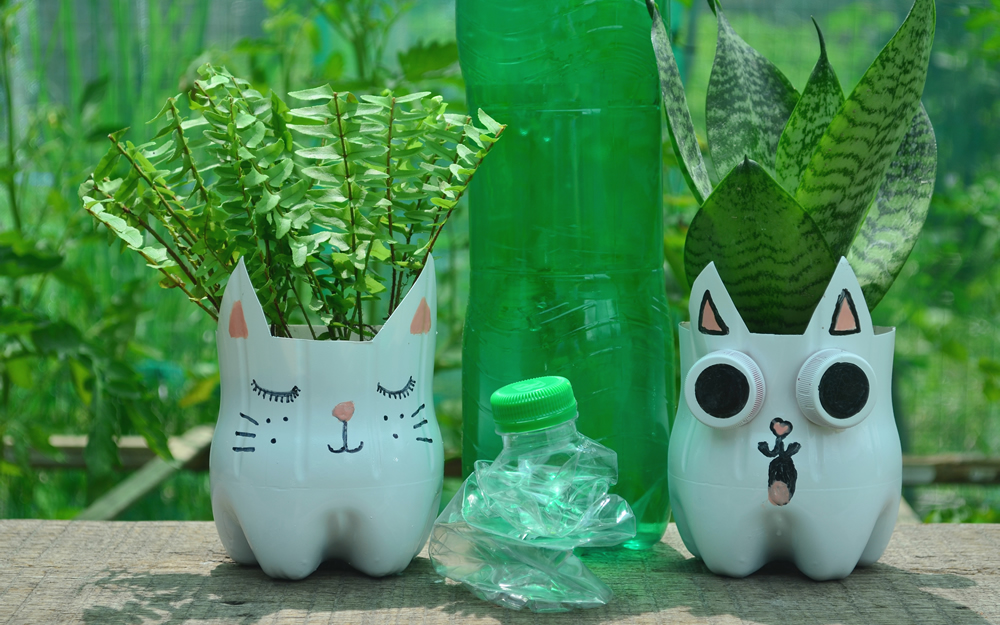- Home /
- Green life /
- The Carbon Footprint: A Trace to be Erased!
The Carbon Footprint: A Trace to be Erased!

It is increasingly common to hear talk about carbon footprints. Every action, no matter small or large, has an environmental impact on the ecosystems we inhabit and can be positive or negative in nature. Carbon footprinting provides us with a way of quantifying this impact. Let's find out more about what a carbon footprint actually is and especially ways to minimize our own footprint, including with the help of the Acea Waidy Wow app.
What Is A "Carbon Footprint"?
A carbon footprint is a parameter used to calculate the impact of human activities on the environment and on
climate change in terms of carbon dioxide equivalent emissions.
Why "equivalent"? Simple! In addition to carbon dioxide, the Kyoto Protocol listed further climate altering
gases that are also accounted for by calculating the inclusion of methane, dinitrogen oxide and
hydrofluorocarbons. Carbon footprinting is essential for assessing the environmental impact of all human
activities on a macroscopic level, such as the behaviour of big business or air transport companies and
microscopic levels that are represented by an individual’s daily habits.
All Actions Have a Carbon Footprint!
When we talk about the carbon footprint of our activities, we tend to think about the number of flights we take annually. However, the items we wear, buy, eat and use every day also have a carbon footprint that accumulates along entire production process of each of these things. Let's look at a concrete example: a shirt. How and where is the cotton used for the shirt grown? Is it cultivated organically or using pesticides? How does the raw cotton travel to the place in which it is processed? Where is the shirt then actually made, and by whom? How does it reach our country? Perhaps we bought it online only to discover it doesn't fit and we want to return it... All these actions combine to determine the carbon footprint of an object.
How to calculate your carbon footprint and CO2 saved
The WWF has created a carbon footprint calculator. Composed of almost 40 questions covering eating habits, lifestyle and consumer behavior, the calculator estimates your carbon footprint and CO2 equivalent emissions. With the Acea Waidy Wow app you can calculate the CO2 you save by giving up water in plastic bottles. Simply by monitoring this data over a couple of days, the enormous benefit for the environment becomes very clear before our eyes!
Do you know how you can reduce your carbon footprint?
Fortunately, there are plenty of ways to improve our environmental impact. What you might
not realize is that in addition to being good for the environment, reducing your carbon footprint is also
great for your wallet!
Let's take a look at some virtuous behaviours for decreasing your carbon footprint.
How can diet make a difference?
Our food choices have an environmental impact, even if we don't always give it much thought.
- Opt for seasonal and local fruit and vegetables. A predominantly vegetable-based diet has a lower environmental impact than diets containing large amounts of meat, eggs and dairy products.
- Don't waste food.
- Choose organic and certified products, when possible.
What kind of transport to use?
We all know that cars pollute. The amount of pollution depends on the type of fuel, power and engine. For example, we know that an old car consumes more than a newer one. Changing our broader transport habits can also greatly reduce our carbon footprint.
- Choose public means of transport over private when possible.
- Walk or go by bike for shorter distances.
- Choose a shopper bike if you only need to travel relatively short distances, but require space to carry groceries. Nowadays, there are also electric bikes available.
- Try to avoid frequent travelling by air, as it creates a lot of pollution. Many airlines offer the option of paying a fee to offset the environmental impact.
How to dress?
What we wear has a significant environmental impact, but we can decrease our carbon footprint in this area too.
- Buy only when really necessary, don't give in to the lure of advertising and trends.
- Avoid fast fashion.
- Try vintage and second-hand clothing, this prolongs the life cycle of a garment and often the materials of the past are better quality.
- Buy natural, certified and organic fabrics and materials.
- When buying online, some sites offer the possibility of paying a fee to offset the environmental impact.
How to shop?
In general, any object that enters our life has a production history that we are probably unaware of, but its important to inform yourself.
- No more buying plastic water bottles! It weighs us down, represents an avoidable, unnecessary expense, and moreover is harmful to the environment. Just think of the amount of CO2 emitted during the production process, and the impact of transporting the finished product, which was probably mainly by truck transport. Thankfully, we have a readily sustainable alternative right under our noses like domestic tap water that is perfectly safe and of excellent quality practically all over Italy.
- When possible, renting or leasing can be a great and green solution. Opting for vintage or second-hand represents a way to extend the life cycle of a product.
- Avoid mono-use and disposable products in the bathroom and kitchen, especially when it comes to plastic. Try shopping for biodegradable and ecological alternatives with a low environmental impact.
As we have seen, everything can contribute to making a difference, from the objects we buy and the services we use, to the food we eat and the way we dress. We can take positive actions and informed decisions to minimize our carbon footprint. Where there's a will, there's a way.
















